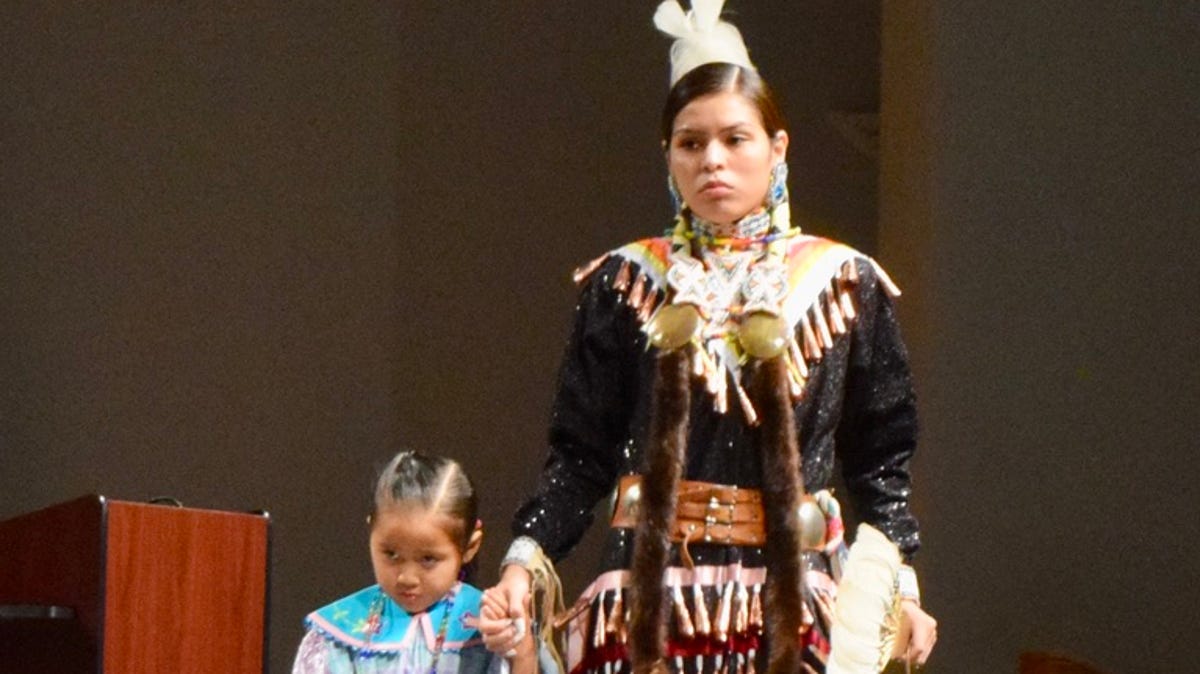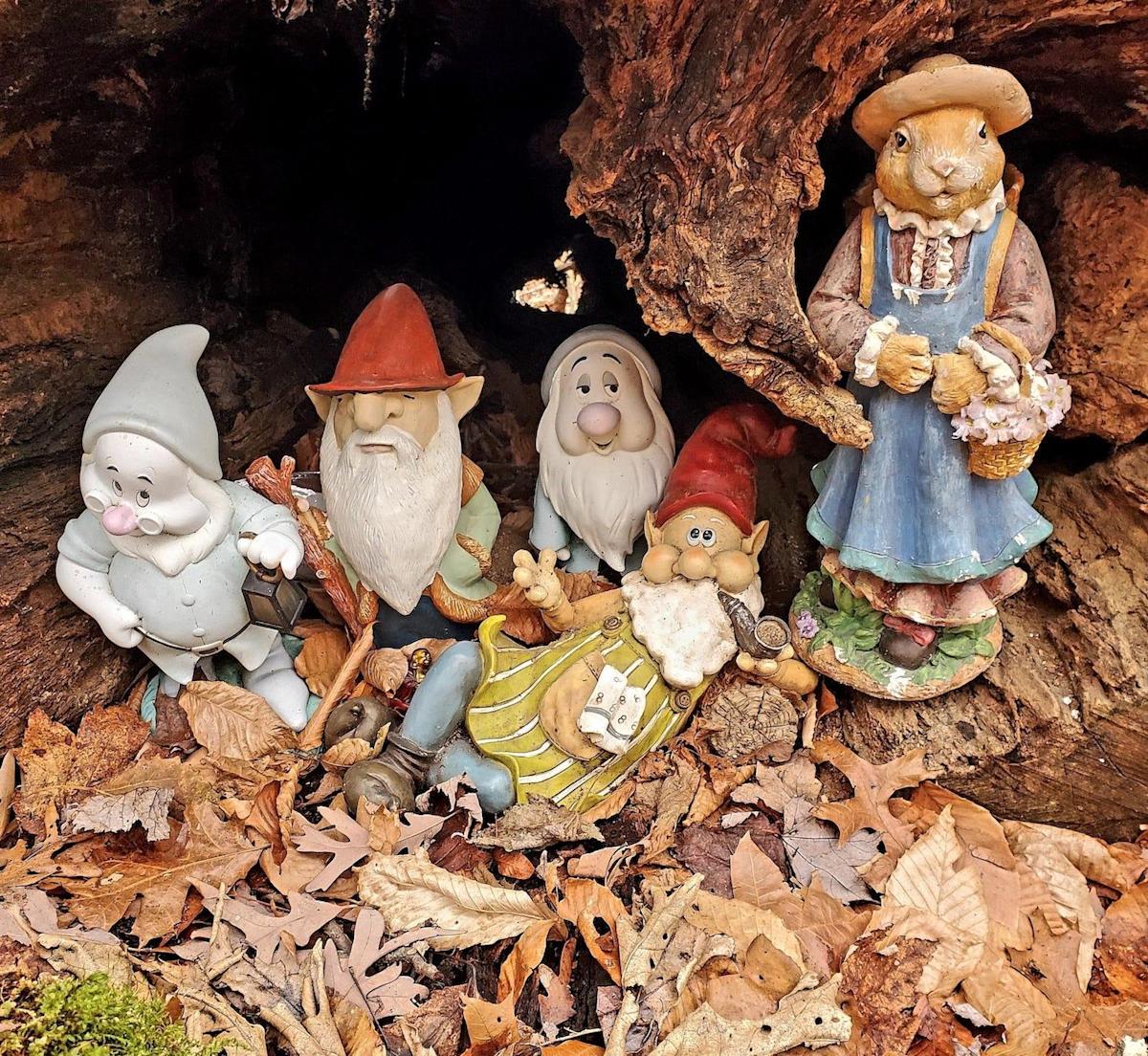More than a half a century ago I would walk up to Spaulding Pond for either fishing or swimming with my good friend Jimmy. I lived on Spaulding Street, at that time, in a two-family Victorian home with my parents and two sisters.
Well, Jimmy and I would walk up to Warren Street and finally reach the entrance to Mohegan Park very near to the Rose Garden. We’d then begin our fun exploration of the old path through the forest following the blue painted slashed trail markers to Mohegan Park Road and cross over to the Ice Pond where in my father’s youth he broke his right leg skating too close and fell in where the ice men were cutting ice for the “ice house.”
Our trip to “the park,” as we called it, took us along a stream with its towering trees, rock outcropping, green understory, and aquatic life. We’d enter the park center from the trail just below the rose arbored dam where there were ducks swimming in a small pond carousing, to our delight, and then travel along the park roads to Bullhead Rock to fish or swim depending on the weather.
Now, well over 60 years later, the memories are getting a bit cloudy or maybe enhanced by my hyped imagination of good times past. Now, as a senior citizen, I see a beautiful park where you can enjoy swimming in season, fishing, baseball and tennis or a healthy walk or jog.
It’s also enjoyable to just observe the flora and fauna from the trails or the seven miles of paved roads.
Through private donations, the land of Mohegan Park has grown to over 380 acres between 1907 and the present time. The park center was established in 1907….





